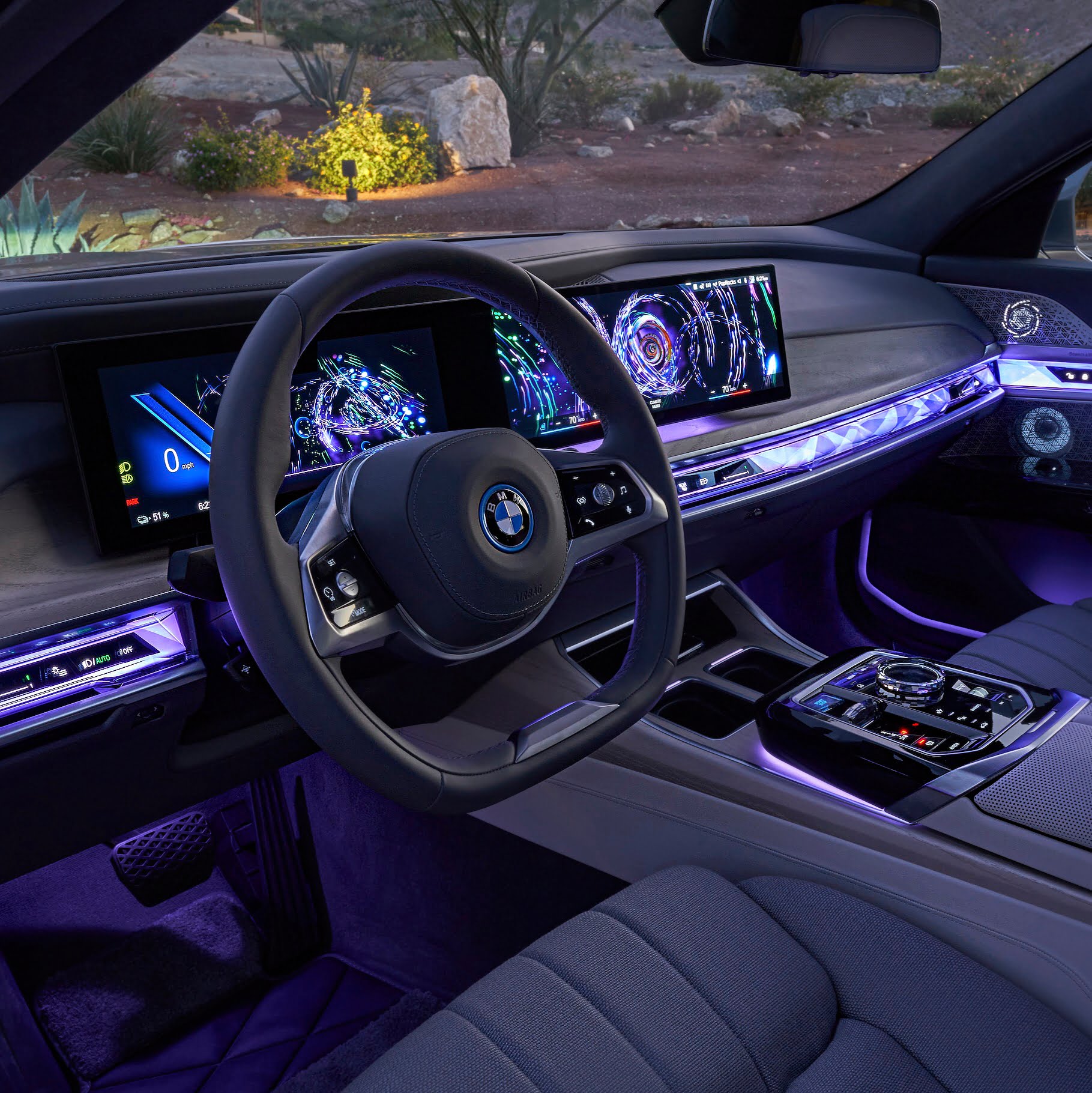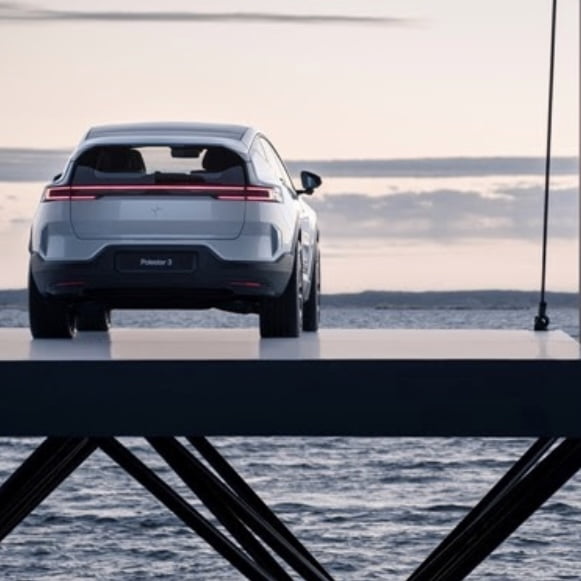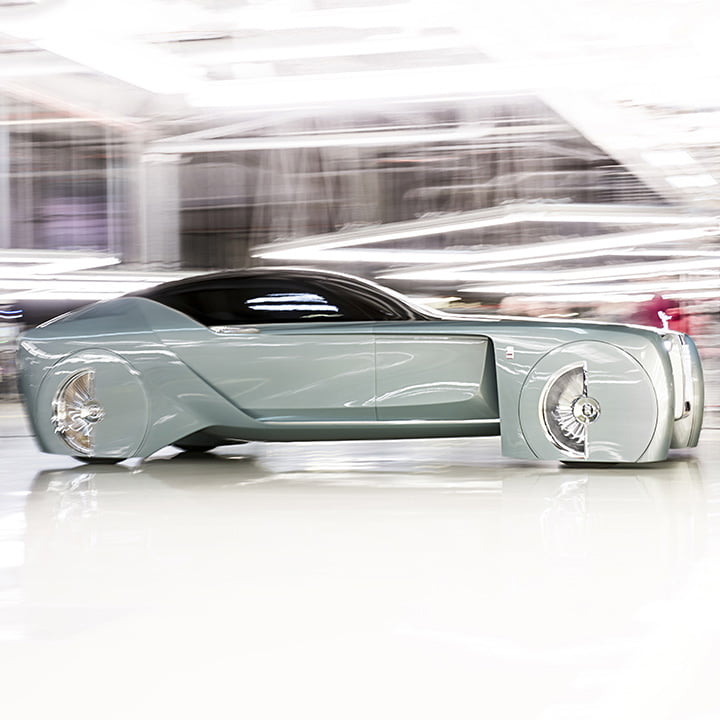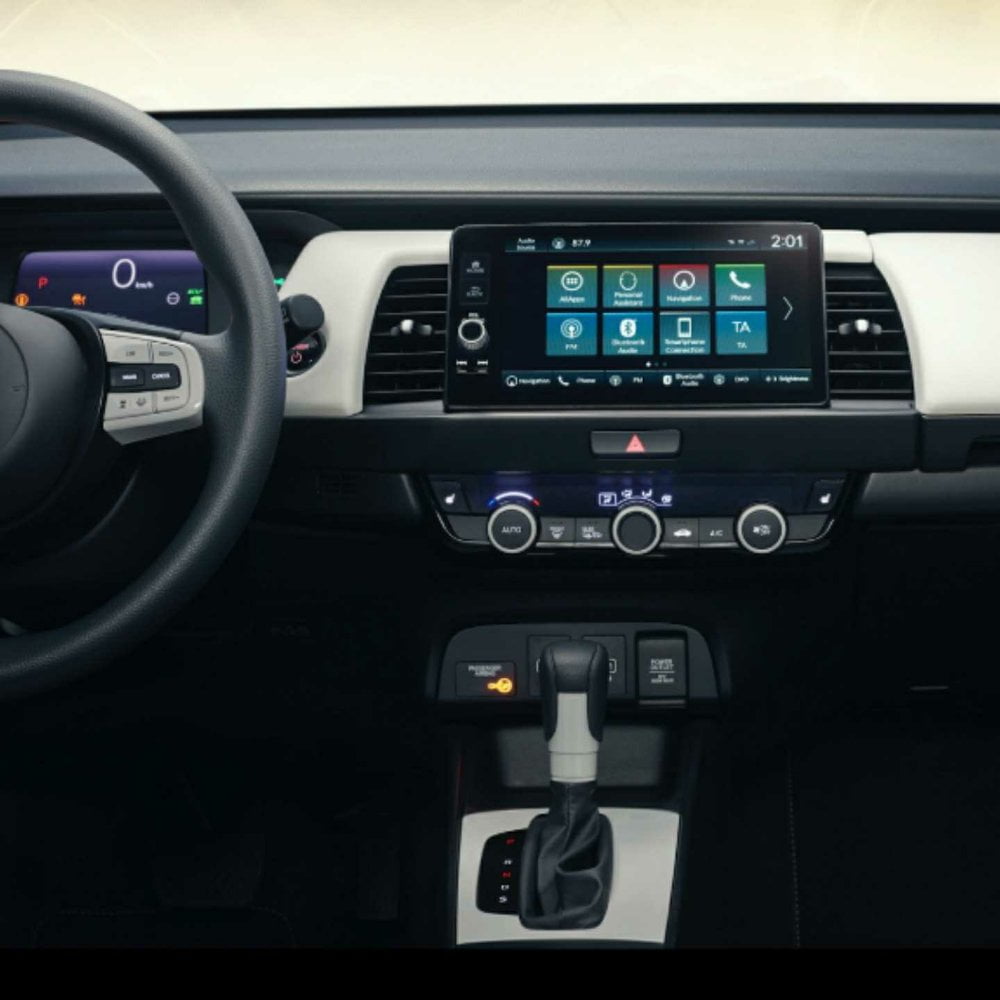2023 BMW i7 xDrive60 car review via 360 Magazine and Automotive Rhythms.


2023 BMW i7 xDrive60 car review via 360 Magazine and Automotive Rhythms.

The SUV for the Electric Age – Polestar 3 Premieres on October 12

Alfa Romeo is proud to announce today the all-new 2023 Alfa Romeo Tonale, the metamorphosis.

Soon, electric passenger ferries skimming above the surface across the seas may become a reality. At Chalmers University of Technology, Sweden, a research team has created a unique method for further developing hydrofoils that can significantly increase the range of electric vessels and reduce the fuel consumption of fossil-powered ships by 80 per cent.

ROLLS-ROYCE AND ELECTRIC POWER: A PROPHECY, A PROMISE AND AN UNDERTAKING Electrification has long been promoted as the future of automotive propulsion. Mainstream manufacturers are increasingly embracing hybrid and battery electric vehicle (BEV) technology, supported by the expansion of national charging infrastructures. To date, Rolls-Royce has communicated its electrification strategy in three simple statements: The […]

HONDA TO SHARE FUTURE ELECTRIFICATION PLANS FOR EUROPE AT AN EVENT IN AMSTERDAM Honda announced a bold new target that will see all of its model ranges in Europe electrified by 2022, during an ‘Electric Vision’ event in Amsterdam. This timescale acceleration is three years ahead of the previously announced 2025 goal, with 6 new […]